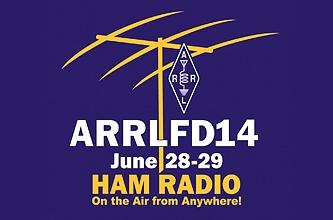 ARRL FIELD DAY -June 28-29, 2014
ARRL FIELD DAY -June 28-29, 2014
To work as many stations as possible on any and all amateur bands (excluding the 60, 30, 17, and 12-meter bands) and to learn to operate in abnormal situations in less than optimal conditions.
Field Day is open to all amateurs in the areas covered by the ARRL/RAC Field Organizations and countries within IARU Region 2. DX stations residing in other regions may be contacted for credit, but are not eligible to submit entries.
Field Day is always the fourth full weekend of June, beginning at 1800 UTC Saturday and running through 2059 UTC Sunday. Field Day 2014 is June 28-29.
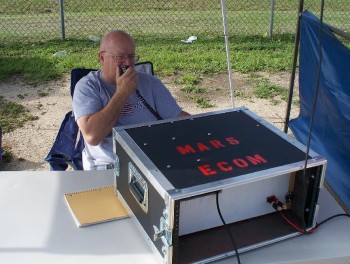 This year, the BEXAR OPERATORS GROUP (W5BOG) will be running a good – old fashioned Field Day operation at the Callaham Unit at Choke Canyon Texas State Park.
This year, the BEXAR OPERATORS GROUP (W5BOG) will be running a good – old fashioned Field Day operation at the Callaham Unit at Choke Canyon Texas State Park.
In keeping with what Field Day should be about, we will be building our HF antennas from scratch and launching them, “site unseen”.
We will be operating out doors under canopies unless the temp exceeds 95 degrees in which case we will be operating from the air conditioned cabin we will be renting and sleeping in.
Anyone is invited to come and see what a real field day is all about. Our rigs will be powered by deep cycle batteries which will be solar charged. Please contact us at alonestaryank@aol.com if you wish to join up with us for this fun event. We will be supplying the food and drinks. Bob – W2IK
Note from webmaster – Bob knows how to conduct a really good, high scoring, field day operation. If you want to learn from one of the best, make the effort to drive a bit further and watch the master at work! Other clubs will be holding Field Day in areas closer to San Antonio if you don’t feel up to driving so far, or if you want to support your local club’s activities. We’ll post those locations as soon as we have them confirmed. – Lee N5NTG

 I know more help is really needed for the two upcoming bike rides on September 21st and October 12-13th. I’m pretty sure that all of the other events will be grateful for some extra ham help as well.
I know more help is really needed for the two upcoming bike rides on September 21st and October 12-13th. I’m pretty sure that all of the other events will be grateful for some extra ham help as well.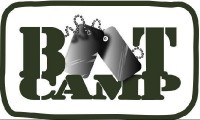 Another Section Of Our 200 Page
Another Section Of Our 200 Page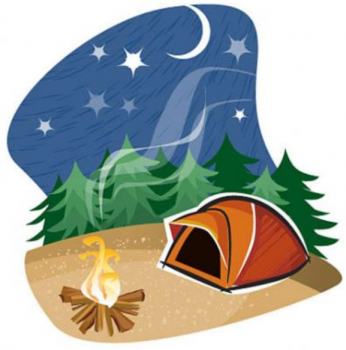 Setting up a tent can seem like a complex task especially for any first-time jump team member.
Setting up a tent can seem like a complex task especially for any first-time jump team member.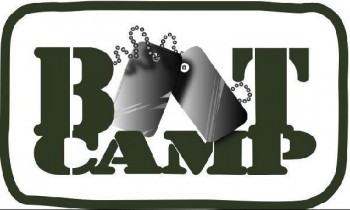 Another small portion of our 200 page “Jump Team Boot Camp” training manual – Next Class Is Scheduled for April 2014
Another small portion of our 200 page “Jump Team Boot Camp” training manual – Next Class Is Scheduled for April 2014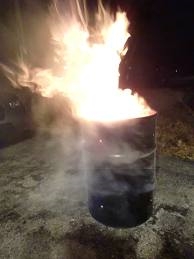 many who didn’t were invited into neighbor’s homes, about 100 opted to stay at the shelter.
many who didn’t were invited into neighbor’s homes, about 100 opted to stay at the shelter.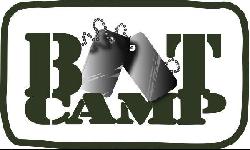 A small section from our 200 page “JUMP TEAM BOOT CAMP” training manual
A small section from our 200 page “JUMP TEAM BOOT CAMP” training manual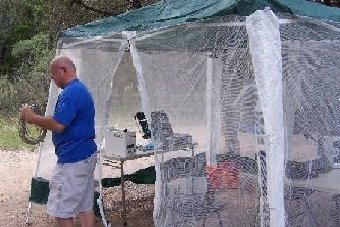 Threat Assessment –
Threat Assessment – I have experimented with all types of 12 volt lighting methods and have come to the conclusion that a system using SMD (surface mounted light emitting diodes) gives you the most illumination per watt. Using other 12 volt lights, such as fluorescent systems, can have a high rate of failure. You don’t want your lighting to go out in the middle of emergency work.
I have experimented with all types of 12 volt lighting methods and have come to the conclusion that a system using SMD (surface mounted light emitting diodes) gives you the most illumination per watt. Using other 12 volt lights, such as fluorescent systems, can have a high rate of failure. You don’t want your lighting to go out in the middle of emergency work.